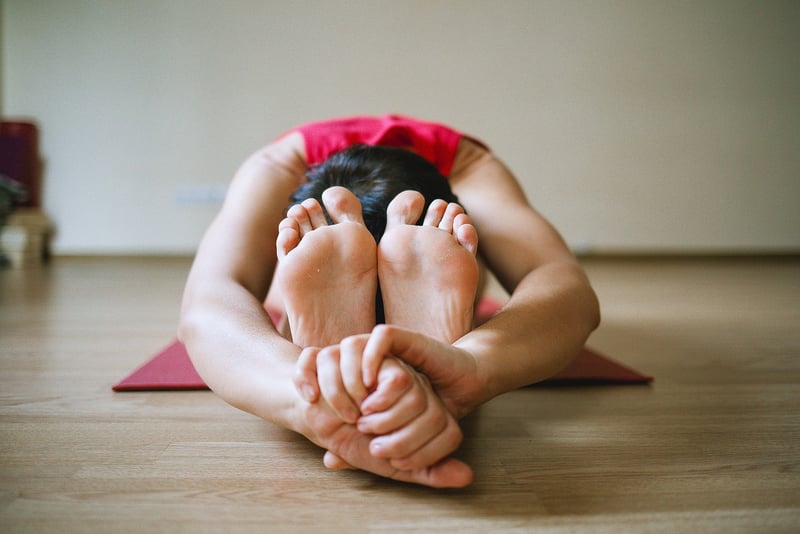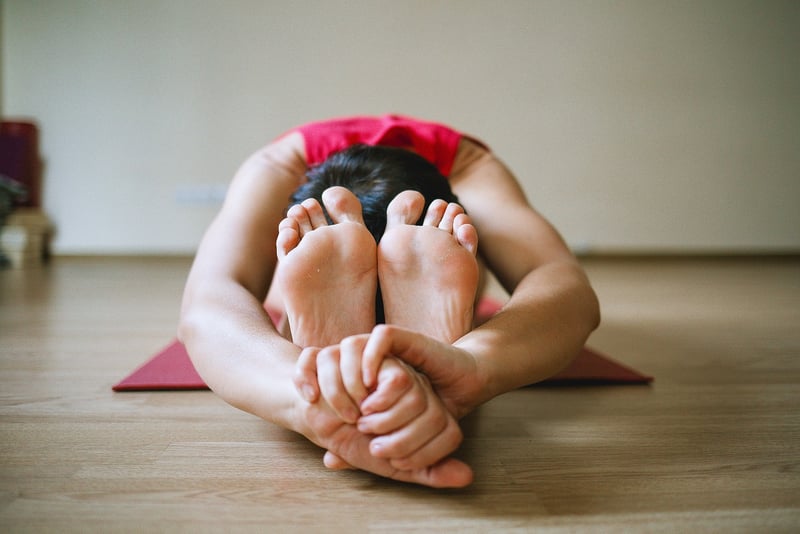Static Stretching
Improving Flexibility Through Static Stretching
Flexibility is a crucial component of overall fitness and plays a significant role in injury prevention, athletic performance, and everyday activities. One effective way to enhance flexibility is through static stretching, a technique that involves stretching a muscle to its furthest point and holding that position for a set amount of time. By incorporating static stretching into your fitness routine, you can increase your range of motion, reduce muscle tension, and improve your overall flexibility.
Benefits of Static Stretching:
- Improved Range of Motion: Regular static stretching helps lengthen muscles and tendons, allowing joints to move more freely.
- Reduced Muscle Tension: Stretching can help relax tight muscles and alleviate stiffness, particularly after intense workouts.
- Enhanced Athletic Performance: Increased flexibility can lead to improved performance in various physical activities, such as running, weightlifting, and yoga.
- Injury Prevention: Flexible muscles are less prone to injuries, making static stretching an essential component of a well-rounded fitness regimen.
How to Perform Static Stretches:
When incorporating static stretching into your routine, remember the following key points:
- Warm-Up: Always perform a light warm-up, such as jogging in place or dynamic stretches, before engaging in static stretches.
- Hold and Breathe: Hold each stretch for 15-30 seconds while breathing deeply and evenly. Avoid bouncing or jerking movements.
- Focus on Major Muscle Groups: Target areas like hamstrings, quadriceps, calves, shoulders, and back with a variety of static stretches.
- Consistency is Key: Aim to stretch regularly, ideally after workouts or as a standalone practice on rest days.
Examples of Static Stretches:
Here are a few common static stretches that can help improve flexibility:
- Hamstring Stretch: Sit on the floor with one leg extended and the other bent. Reach towards the extended foot while keeping your back straight.
- Quadriceps Stretch: Stand upright and pull one foot towards your glutes, keeping your knees close together.
- Shoulder Stretch: Bring one arm across your body and gently press it towards you with the other arm.
Remember to perform each stretch on both sides of the body and adjust the intensity based on your comfort level and flexibility. As with any exercise, it's essential to listen to your body and avoid pushing yourself beyond your limits.
Conclusion:
Flexibility is a valuable asset that can benefit individuals of all fitness levels. By incorporating static stretching into your routine and focusing on proper technique and consistency, you can experience improved range of motion, reduced muscle tension, and enhanced overall flexibility. Make flexibility a priority in your fitness journey, and enjoy the rewards of a more limber and resilient body.

